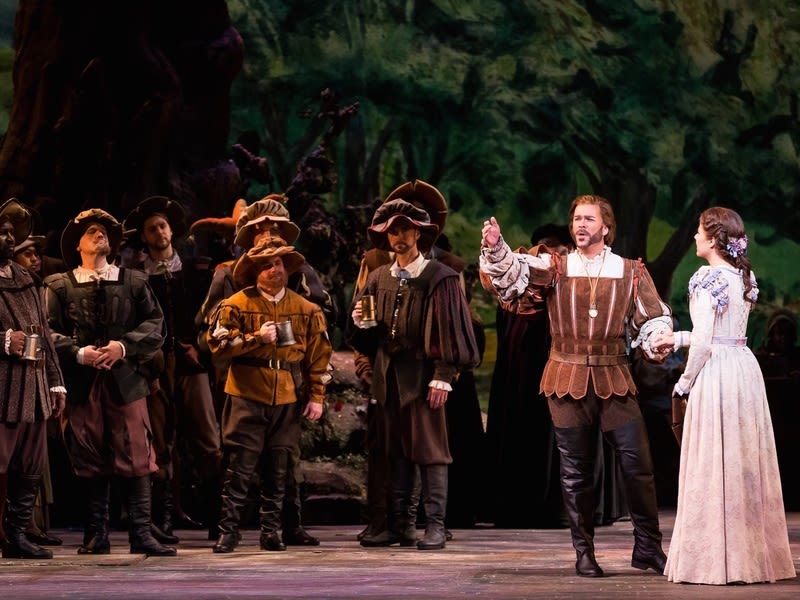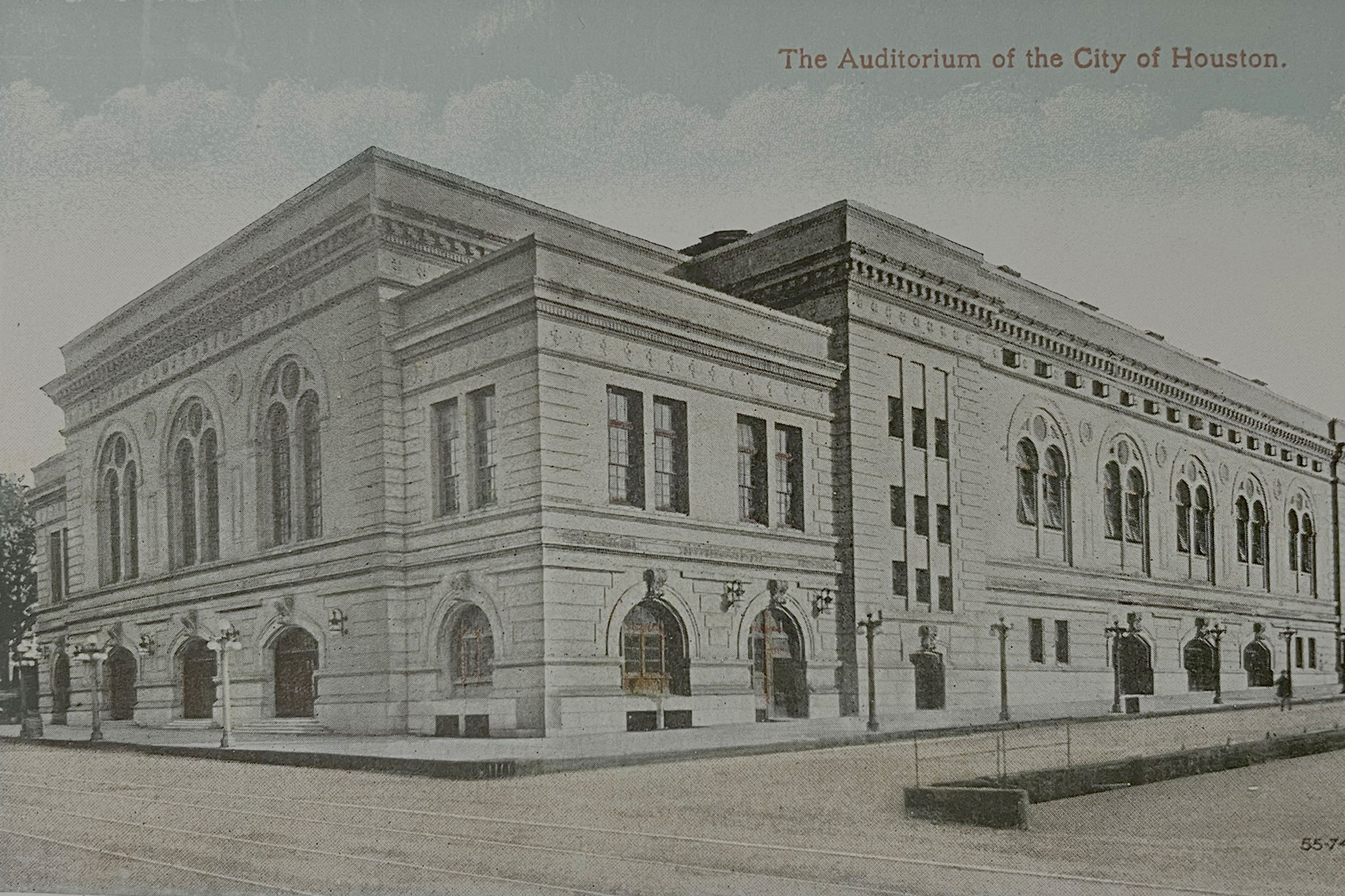Don't Miss the Devilish Charms of Houston Grand Opera's Faust

What would the devil have to offer you for your soul? If Earl Staley’s set design and Luca Pisaroni, the bass-baritone Méphistophélès in Houston Grand Opera’s production of Faust, came as a package deal, not much else.
The German legend of Faust exists in many forms, including plays, novels and modern films (read: Elizabeth Hurley as the devil in Bedazzled. And no, I won't tell anyone you've seen it), but the general idea stays the same: Dr. Faustus desires something better in this life and signs over the next to Méphistophélès. There’s always a woman, too, reduced to shambles. In C. F. Gounod’s Faust, which premiered in Paris in 1859, Faust gives it all up for youth—not gold or power—and ruins the life of the angelic Marguerite by tragic degrees.
The sound of this opera is beyond luxurious—it’s Wagnerian before everything got so Wagnerian—and Italian conductor Antonino Fogliani savors every drop of it from the soldier’s chorus to that all-conquering final trio. His style, smooth circular movements attentive to each phrase, suits this French opera splendidly, laying a foundation for the singers to take the music to new heights.
This is precisely what Pisaroni does as Méphistophélès. Dressed in an amber, gold and black doublet, thigh-high black leather boots and a swinging collared cape, Pisaroni dazzled like a pro and sang like a dream. His voice is brawny silk, technically accurate and emotionally on the mark. Lost in the complexity, I forgot he was luring Faust to everlasting doom.
Other singers—the key couple in the story—were not as lucky. Soprano Ana María Martínez, as Marguerite, struggled to enunciate the French libretto. She’s one of Houston’s darlings, but here she was just average—not bad, but not great. Superb costuming, lighting and choreography covered over a number of sins. The final scene, with her rising to heaven glowing in white and soft pink light, was spectacular.
Likewise, tenor Michael Fabiano, did not manage any transformations beyond what was already set for him. In fact, he overreached, belting when he couldn’t deliver all the way and choking out high notes in the first act during his mismatched duets with Pisaroni. It’s clear he’s an agile singer, and his voice had a warmer timbre to it in its middle range—it could have just been a bad night.
Faust and Marguerite aside, this set by Earl Staley is out of another dimension. The opera opens with a swirled red scrim, demons slipping in and out of the mind’s eye. It plays to the legend aesthetic behind Faust with soft painterly strokes that outline hills, flowers, cottages, and sunsets like a fairytale. Tree branches rise and fall during the flower song, reminding us of a sphere apart ruled by nature. Part of what makes the visual so remarkable is that it doesn’t hit you in the face; it sort of sneaks in and transports you into another realm without you knowing it.
After all, transport is the ideal feeling to deliver with any Faust. Whether it’s to heaven or to hell, I’ll follow HGO on this one.
Houston Grand Opera's Faust
Thru Nov 11, from $15. 510 Preston St. 713-228-6737. houstongrandopera.org




